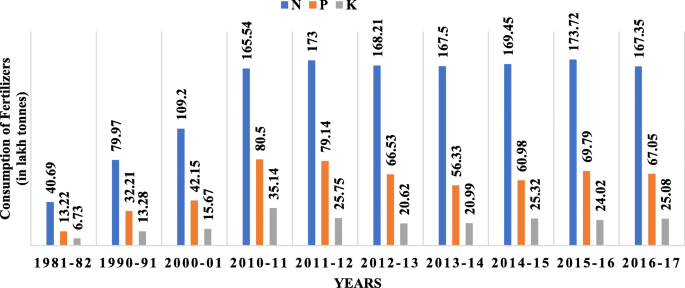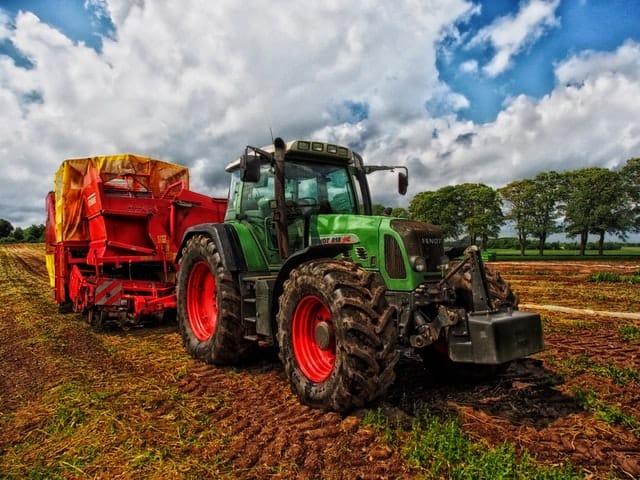The Green Revolution was a series of research and development initiatives that took place in the mid-20th century, primarily in developing countries, with the goal of increasing crop yields and improving food security. The Green Revolution involved the introduction of high-yield crop varieties, chemical fertilizers, and irrigation systems, as well as improved agricultural practices and infrastructure.
The Green Revolution is still relevant today because it has had a significant impact on global food production and food security. The increased crop yields and improved agricultural practices of the Green Revolution have helped to feed a growing global population, which has more than doubled since the 1960s. Today, the world's population is estimated to be over 7.9 billion, and it is expected to continue growing in the coming decades. Without the innovations of the Green Revolution, it is likely that we would not have been able to meet the demands of this growing population.
In addition to increasing food production, the Green Revolution has also had a positive impact on economic development in many countries. The increased crop yields and improved agricultural practices have allowed farmers to produce more food, which has resulted in increased incomes and a boost to the economy. This has had a ripple effect, leading to the development of other sectors of the economy and helping to lift people out of poverty.
However, the Green Revolution has also had its critics. Some argue that the use of chemical fertilizers and pesticides has had negative environmental impacts, such as soil degradation and water pollution. Others have pointed out that the focus on a few high-yield crop varieties has led to a loss of biodiversity, as farmers have replaced traditional crop varieties with these new ones. Additionally, the Green Revolution has often benefited large, commercial farmers at the expense of smallholder farmers, who may not have had access to the same resources and technologies.
Despite these criticisms, it is clear that the Green Revolution has had a significant impact on global food production and food security. As the world's population continues to grow, it will be important to find ways to sustainably increase food production while minimizing negative environmental impacts. This may involve a combination of traditional and modern agricultural practices, as well as the use of new technologies and innovations. Overall, the Green Revolution remains an important and relevant topic in today's world.






:max_bytes(150000):strip_icc()/Norman-Borlaug--58b9cad25f9b58af5ca6d368.jpg)
:max_bytes(150000):strip_icc()/GettyImages-542633616-3202d48a3fe54576bc64a79b49491314.jpg)

